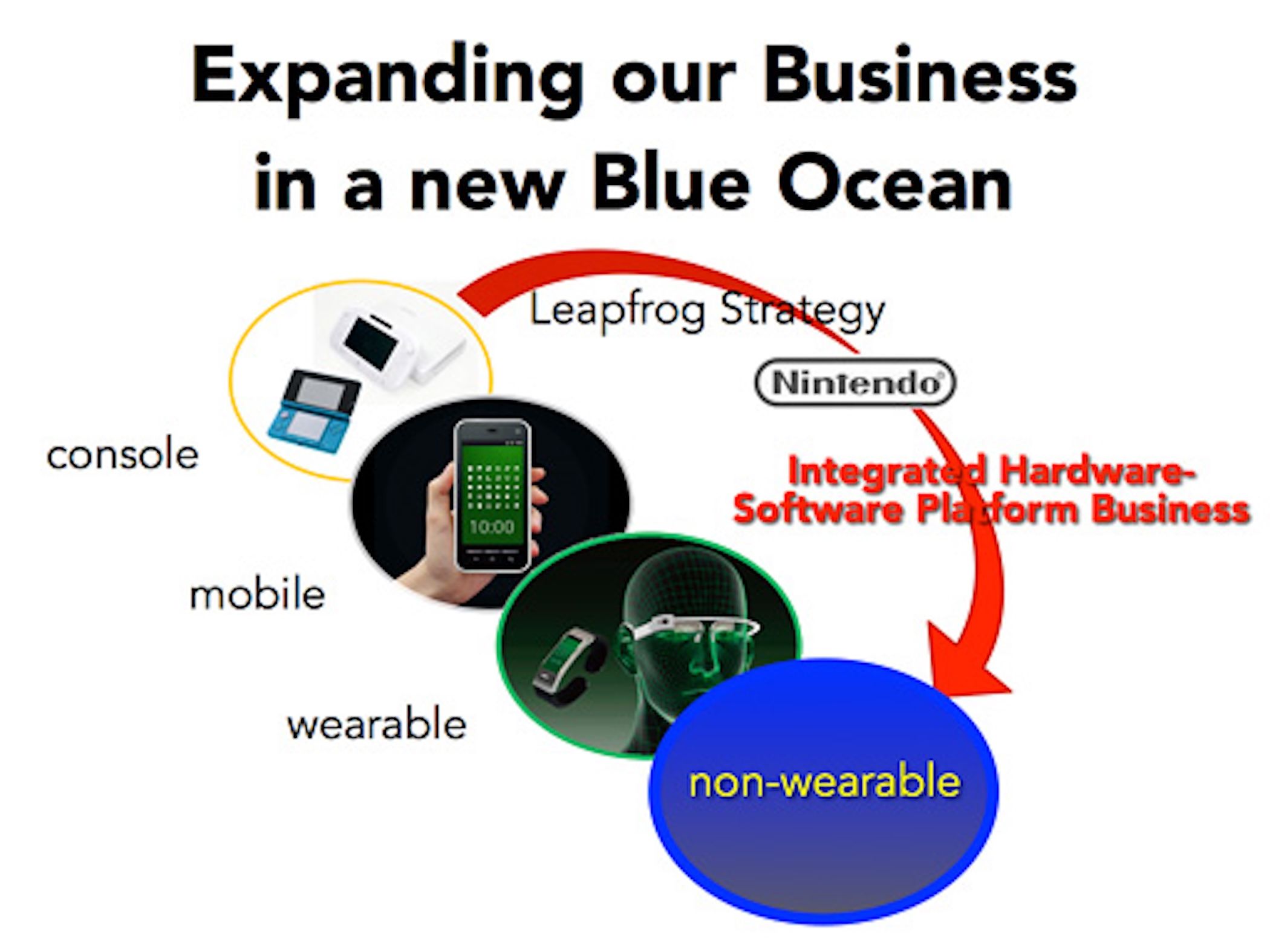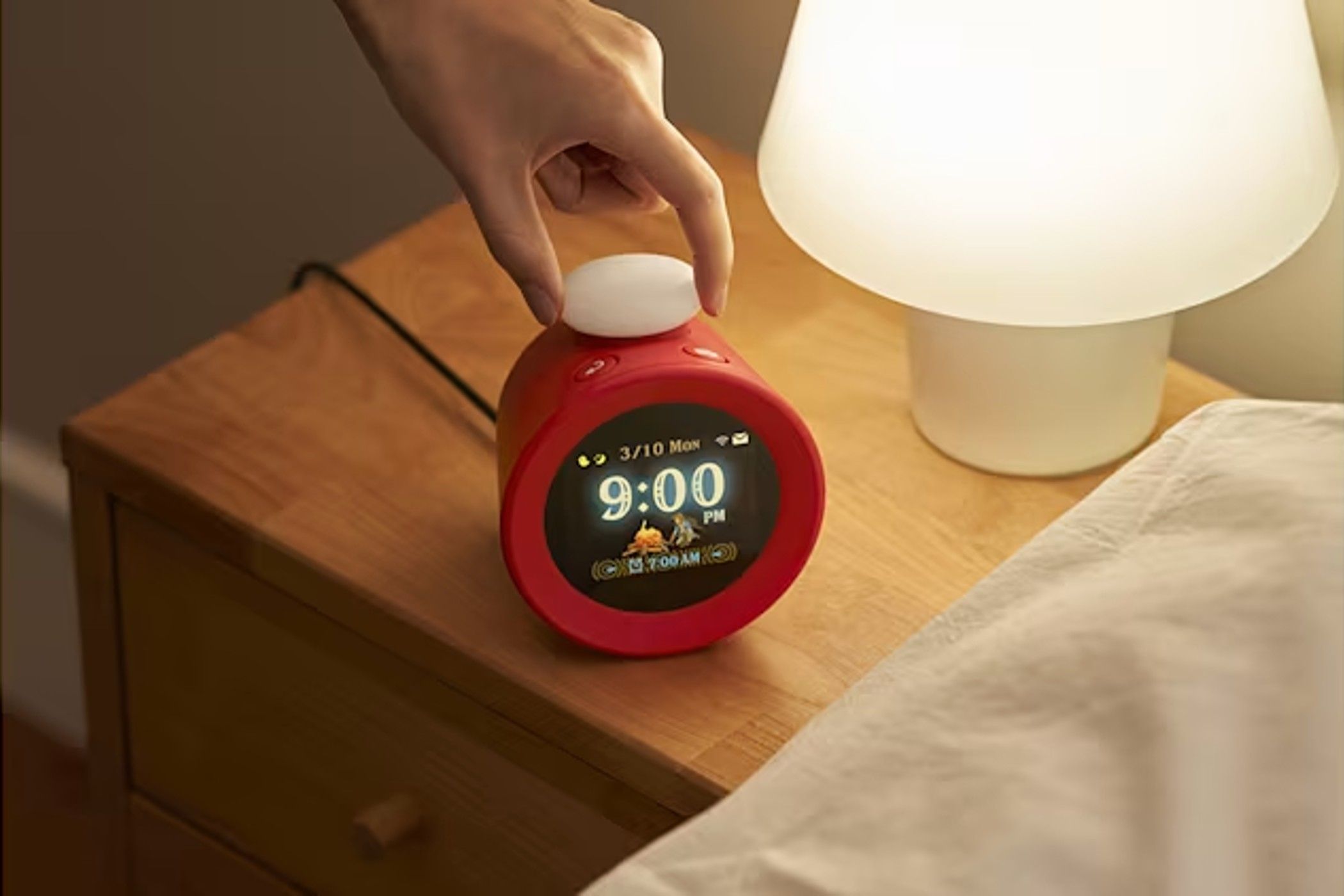Key Takeaways
- Nintendo’s history dates back to toy making, influencing the quirky design of the Alarmo clock.
- Lifestyle initiatives, traced to Satoru Iwata, led to the development of the clock.
- The release of the Alarmo is strategically timed for holiday sales as people wait for the Switch 2.
One thing you probably didn’t have on your 2024 bingo card was Nintendo releasing an alarm clock. It seems especially random at a time when we’re all expecting details about the long-awaited Switch successor. However, the Alarmo’s existence is a lot less surprising when we look at Nintendo’s history.
Nintendo’s History Is in Toy Making
While the name Nintendo has been synonymous with video games for the past five decades, that timeframe is still only a fraction of the company’s existence.
Nintendo started out in 1889 making artful Japanese playing cards called hanafuda and branched out over the next 100 years into various physical toy lines until finally cementing themselves as a video game publisher. Post-Mario, Nintendo never strayed far from its roots after making the switch to electronics, remaining focused on colorful, inviting products that appeal to all demographics.
Nintendo Alarmo is a continuation of this trend with its charming circular body coated in the company’s trademark red, and a top button that lights up alongside the characters portrayed on the clock’s screen. Interestingly, prototypes of the clock sported a more reserved style before settling on its toy-like aesthetic.
Alarmo producer Yosuke Tamori noted that this choice was made to present it as an “alarm clock that’s out of the ordinary.”
Nintendo’s Lifestyle Initiatives Date Back to Satoru Iwata
The concept of a Nintendo clock can be traced back to the company’s non-wearable lifestyle product initiatives first unveiled in 2014 by the late great President of Nintendo, Satoru Iwata. These were to be based around health concepts that stretched beyond the previously released Wii Fit exercise peripheral.
The first to be announced among these was a “QOL [Quality-Of-Life] Sensor” that would monitor sleep patterns in an effort to combat fatigue. While no mention of a clock was made at the time, it wouldn’t be long until patent applications for various Nintendo-produced alarm clock designs surfaced. None of these looked anything like the Alarmo, but they utilized sensor technology to the same ends as the QOL Sensor. Motion tracking later became the backbone of the Alarmo, including graphs that show how often users move during sleep.
It’s understandable that this was forgotten by the time the Alarmo was announced. Information was largely relegated to investor calls and the status of the internal lifestyle department seemed tumultuous until we stopped hearing updates about the project altogether after 2020. It’s unclear if we’ll see more lifestyle products from Nintendo, especially considering most of what we knew about its efforts that came to fruition with the Alarmo.
Alarmo Is Part of Nintendo’s Holiday Strategy
The timing of the Alarmo’s release fills an important gap in Nintendo’s holiday lineup as Switch sales slow in anticipation of its successor.
We’ve been told to expect news of the Switch 2 by the end of March 2025, meaning it’s highly likely to be released next year. In the meantime, Nintendo is still churning out an impressive lineup of games, yet it lacks a big blockbuster title that will define its holiday sales strategy. This leaves a small window in which the Alarmo could hit the market without being overshadowed by the company’s own output.
Time will tell if customers take to the Alarmo given its precariously high price point of $99.99 and the fact that at present only Nintendo Switch Online members can purchase one (though it should be available to everyone in the near future). But regardless of its success, it’s certain to go down as a memorable and unlikely part of Nintendo’s history.
If you want to learn more about the Nintendo Alarmo, check out my review. While I didn’t walk away particularly impressed with what the alarm clock offers for its price point, it’s still a patently “Nintendo” product that enthusiasts may enjoy.



